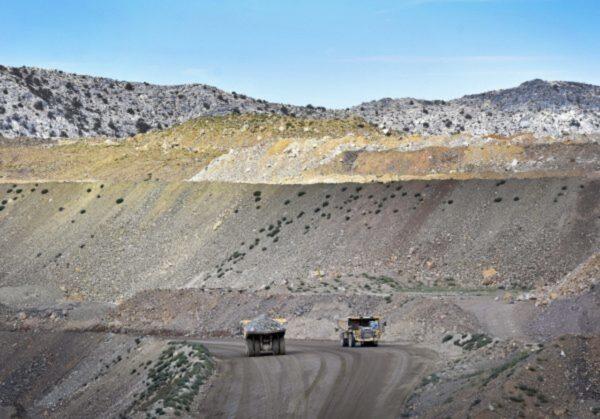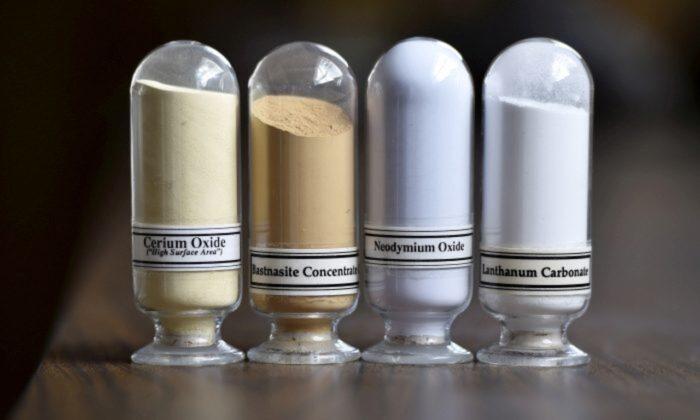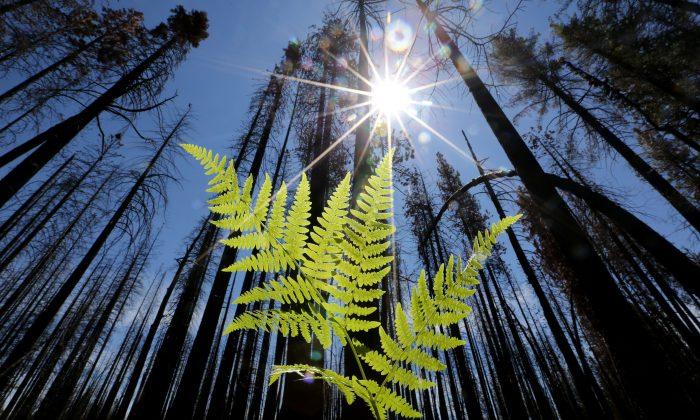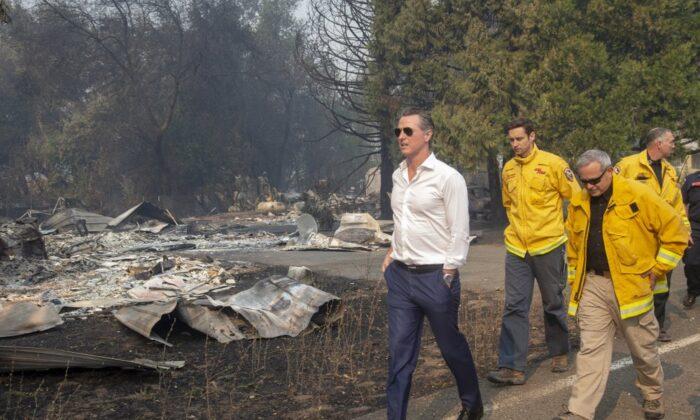The partnership is not without reason. In May 2019, the mouthpiece of China’s communist regime, the People’s Daily, was used to issue thinly veiled threats to the United States that China could cut off exports of rare earth elements (REEs) if the trade war with the United States deteriorated.
“Will rare earths become China’s counter-weapon against the unprovoked suppression of the US? The answer is not mysterious,” wrote the People’s Daily. “We advise the US to not underestimate China’s ability to safeguard its own development rights and interests, and not to say we didn’t warn you.” China had previously threatened Japan with similar export bans.
Critical minerals such as rare earth elements are applied in a wide range of modern technologies, from batteries, medical equipment, smartphones, and lasers to fighter-jet engines, meaning that their secure supply is of critical importance for military and cutting-edge technologies as well as high-tech manufacturing.
With the exception of Kazakhstan, deposits of uranium and their extraction and processing are concentrated in western democracies such as Australia and Canada, where adherence to accepted trade practices and the rule of law ensures an open trading environment. Not so for REEs.
Rare earth elements are not ‘rare’ in the earth’s crust, but their concentration in economically minable deposits are. While viable deposits of REEs are found on every continent, their extraction and processing is an extraordinarily complex procedure that can produce large amounts of environmentally damaging compounds. Looser pollution controls and environmental regulations give China a huge competitive advantage over more environmentally responsible western democracies, such that Chinese production now dwarfs that of the rest of the world—making China the number one global supplier.

The United States also has viable deposits and working mines, though ore materials from, e.g., the Mountain Pass mine in California is currently loaded into big bags and shipped to China for processing. U.S. cooperation with other countries could enable the United States and its partners to develop existing deposits, reopen mothballed mines, and forge alliances to secure the processing and, thus, the supply of minerals critical for U.S. manufacturing and security.
“We are working with our close international partners and allies to carry out President Trump’s blueprint to position the United States as a leader in the critical minerals sector and ensure economic prosperity,” said Secretary of the Interior, David Bernhardt. “This is an important milestone in reducing the Nation’s susceptibility to critical mineral supply disruptions.”
According to the U.S. Department of the Interior, “The new activities focus on joint critical mineral potential mapping and quantitative mineral assessments; determining geological controls on critical mineral distribution; and developing data analytics capability to understand supply and demand scenarios for developing critical minerals trade between the two countries.”
The order elaborates a strategy to reduce the Nation’s reliance on critical minerals, to aid recycling measures, to access and secure supplies of such minerals through trade with allies and partners, and to support U.S. exploration for critical minerals.





